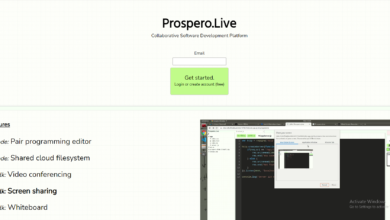Capacity Planning: Types and Important Steps to Know

In the current fast-changing world, running a business should include planning for the uncertain and unpredictable future. The same way marketing automation wasn’t a thing some years back, knowing how many employees or products to order in the next few months is daunting. Besides, how can you adapt to the changing customer expectations?
Even though making these predictions may seem challenging, solutions to these anticipations are more straightforward than you can expect. A successful business should leverage capacity planning to find solutions to these daily uncertainties.
What Is Capacity Planning?
Capacity planning is essentially a method of management and production that involves maximum use of resources through an accurate projection of production demands. Here, you should determine your business’s production capacity and required workforce to meet the market demand. Using a good capacity planning tool makes it easy for businesses to identify when to scale, identify and mitigate risks, and change their capacity design to suit the changing market.
There are three main types of capacity planning. They include:
- Product capacity planning – Ensures that there are enough products to meet the projected demand.
- Workforce capacity planning – Ensures that there are enough employees and work hours to complete a project. Workforce planning helps in communicating workforce needs to managers and stakeholders.
- Tool capacity planning – Ensures that there are enough tools or machinery to complete a project.
Steps of Capacity Planning
Capacity planning involves the following three steps:
1. Evaluation of Capacity Requirements
Businesses should begin capacity planning by determining capacity requirements. This essentially involves evaluating how much capacity is required to meet the market demands. This is determined by the overall production plan and detailed material schedules that indicate the expected production rates.
From this, managers can estimate the required capacity to meet the desired production rates. Businesses can then organize workload by identifying resources and capabilities needed to complete the project. For instance, if the end result is improving customer relations, identifying methods of achieving this, such as CRM software, can prove effective.
2. Analyzing Current Capacity
The second step involves evaluating the current business capacity. Here, you should analyze the system as a whole, as follows:
- Check the performance of current resources by comparing predicted vs. actual outputs
- Monitor utilization of various resources in the business
- Determine workloads that take more time. Evaluating your current capacity helps in identifying gaps and areas that need improvement
3. Planning for the Future
Planning for the future becomes easy once you have understood your current capacity. Your future capacity plan should consider possible bottlenecks that can overwhelm the production system. If your current capacity is lower than the capacity required to meet the market demand, you can identify ways of increasing capacity. This may include creating additional shifts, adding overtime hours, investing in additional machines, and more.
Endnote
An effective capacity plan should help businesses prepare for the future. With accurate plans, you can easily meet promised delivery dates without stretching resources. ResourceGuru Planning Software allows businesses and capacity planners to generate accurate production plans and schedules, ensuring that resources are utilized to their full potential.





